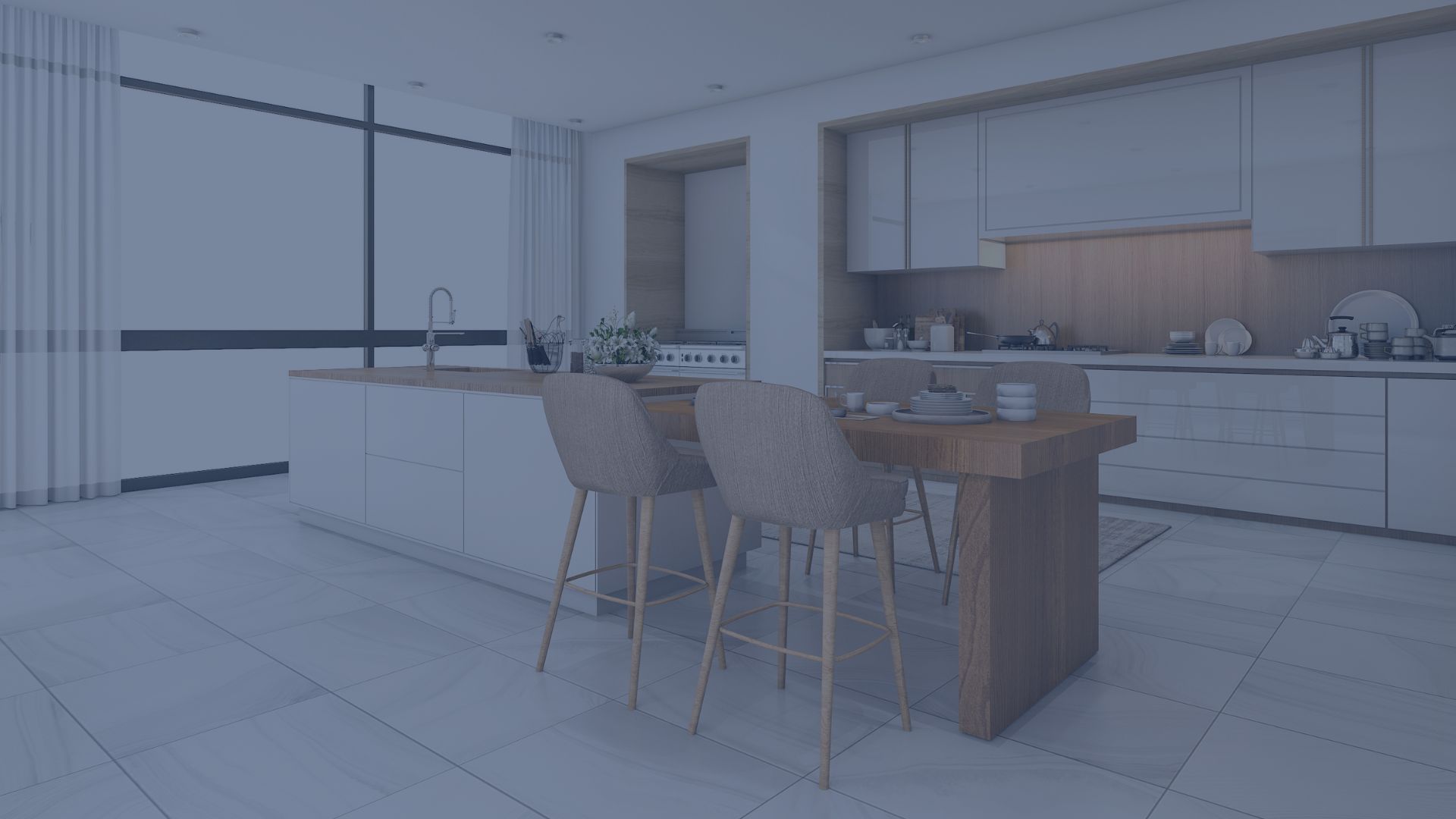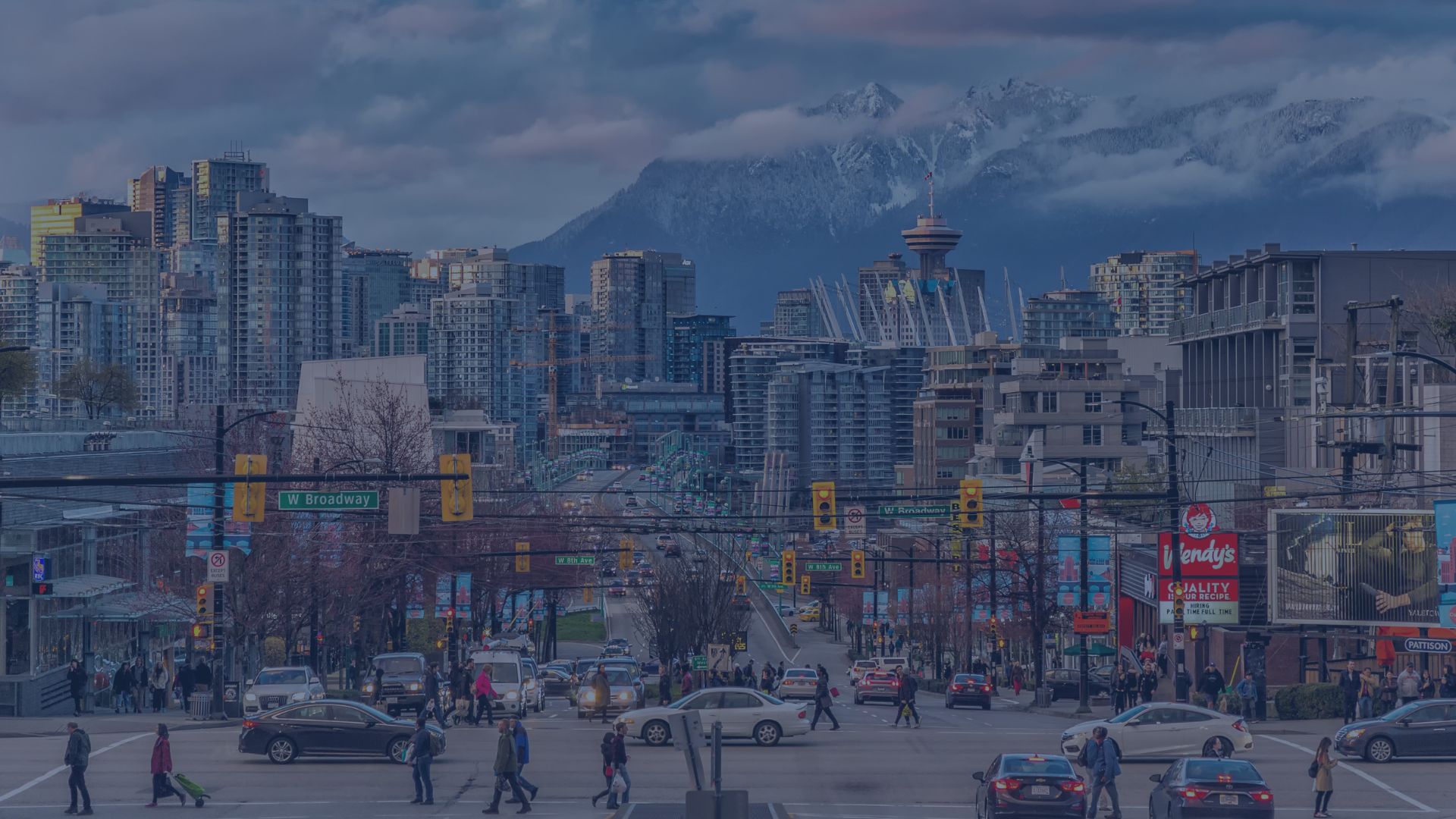Time, as they say, is money. When it comes to assessing the value of commercial real estate properties, spending your time stuck behind a streetcar or slowly making your way through construction to turn a long list of properties into a short one isn’t the best use of it. This is especially so since online tools like Google Maps’ Street View allow you to do most of your preliminary assessment work without leaving your desk.
Factoring Data Freshness and Post-Pandemic Realities into Your Google Street View Searches
Astute commercial real estate investors know that the first profit you make on a property happens at the moment it’s purchased and that it’s easier to add extra worth to a property that’s undervalued versus one that starts out overpriced.
Google’s Street View tool is formidable, but because the data can be anywhere from three months to three years old, you won’t be able to accurately score properties without adding boots-on-the-ground resources to validate your digital observations.
You’ll also need to factor in changes that the COVID-19 pandemic may have created in the commercial real estate market in your area.
Key commercial real estate pricing factors that could be influenced by data freshness and pandemic upending include:
- Location: Metropolitan Vs. Suburban or Rural
Before the COVID-19 pandemic, locations closer to city centres or within business districts were more expensive than suburban or rural properties. Remote work, however, has gutted many city centres, and if remote or hybrid work models persist, prices may flip and heat up the market for suburban and rural spaces closer to commuters’ homes.Developers and retailers in various areas across Canada are already providing suburban remote workers with new ways to get out of the house and stretch their legs on the days they work from home, as well as spend the money they save from reduced commuting and childcare costs.When evaluating commercial properties with Google Street View, look for buildings with enough space to add outdoor areas where remote workers could congregate and use lightning-fast Wi-Fi or that could host an event allowing remote workers to reconnect with their communities safely. - Proximity to Valuable Target Markets or Amenities
When new multifamily, retail or entertainment developments are in the works or close to completion within a city or municipality, more businesses may want to set up shop in the locale, allowing building owners to charge higher prices. As a buyer, you’ll have more room to negotiate when there’s less demand in the area you’re considering, but, of course, that can mean a longer wait for ROI.Because Google Street View does NOT reflect real-time conditions, you may not know that there’s now a large multi-plex movie theatre next to the property you’re considering or that there’s a more valuable property just a few streets over that sits squarely between the new multi-plex and a new retail area that you can’t see either.That’s why adding a commercial real estate expert familiar with the area to your valuations team makes sense. - Multi-Purpose vs. Industry- or Sector-Specific Capabilities
Multi-purpose units that can be adapted and leased to any number of businesses can be more valuable than others zoned and designed for a specific use, such as restaurants. In a post-pandemic world, however, cities looking to maintain their vibrant downtowns have begun to rethink zoning laws so that more locations can become multi-use and cater to changing work and leisure habits.
As a result, in numerous North American cities, you can now find restaurants usually open only for dinner, making extra profit by functioning as vibrant coworking spaces from the early morning until late afternoon. Shopping malls will likely try their hand at similar coworking arrangements to fill some of their vacant space.
Assess prospective properties as you normally would, but don’t be afraid to think outside the box regarding the post-pandemic, multi-use potential of spaces you’d typically rate lower or higher.
- Building Square Footage
Larger buildings are higher priced because there’s usually a direct relationship between the amount of space you can pack employees or customers into and the profits your business can create.
You can verify building height and square footage using Google Earth’s Street View Ruler feature, but again, you could miss new additions or standalone buildouts on the property due to data lags.
- Accessibility
Remote work levelled the playing field for workers with disabilities. In a post-pandemic world, buildings that score high on accessibility could provide more incentive for these workers to return and could be priced higher accordingly.
15 Ways Google Street View Can Help You Assess Property Value and Development Potential
Open Google Maps. Drop your property address or GPS coordinates into the search field at the top left, then choose “Street View” from the “Layers” section in the “Map details” box at the bottom left of your screen, or drag the “Pegman” at the bottom right-hand corner of your map onto an area close to the property and start looking around.
- Get a high-level perspective on the property. Choose “Satellite” view in the “Map details” box. Zoom out to see if it’s in an urban, suburban or rural area.
- Stay organized as you work. Click “Save” and add the location to a “New list” called “Longlist of properties under review” or similar.
- Share the satellite view, or any view of a location or property. You have three options when it comes to sharing:
- Right-click on the map and use the “Print” feature to print to a PDF and include the PDF in a PPT or email
- Click the “Share” icon in the left navigational area and copy the HTML link.
- Click the “Share” icon in your mobile Google Maps app and send the link directly to various platforms, including email, WhatsApp, Messenger, etc.
- Understand the recency of your data. Use the current date at the top right corner of the Street View screen to determine image freshness.
- See the development history of an area. Use the “See more dates” feature in the same box to see the development of an area as far back as Google’s photographic archive allows.
- Measure distances to important amenities. Right-click the red location balloon and select “Measure distance” to measure the distance from a property to a transit station, school, park, etc.
- Explore the terrain. Use the map “Layers” feature to pull up the “Terrain” view to see a property’s basic topography and elevation.
- Find out if traffic congestion is an issue. Use the map “Layers” feature to pull up the “Traffic” view to see typical and live traffic indicators by day of the week and time of day for roads close to or further away from the property.
- Discover transit availability. Use the map “Layers” feature to pull up the “Transit” view to see the location of subway stations and bus terminals.
- Score the location for bike-friendliness. Use the map “Layers” feature to pull up the “Bike” view to see the area’s dedicated bike lanes and bike-friendly streets. NOTE: In some cities, if you type “bike share” in the location, it can show you pick-up and drop-off locations for city bike-share programs, as well as how many bikes remain at each site.
- Understand if air quality is an issue in the area. Use the map “Layers” feature to pull up the “Air quality” view.
- Estimate commute or other travel times. Click on the “More” section of the map “Layers” feature and choose “Travel time” to understand commute times to and from the property.
- Send directions to your commercial real estate “boots-on-the-ground” expert. Right-click on the red location balloon to send directions to your commercial real estate expert to validate your digital views, or so your agent can take 360-degree premises photos that you can append to your presentation or notes on the property.
- Find out how wheelchair-accessible the property or area surrounding it is. Google Maps’ accessibility feature is currently only available on its mobile app. To see the wheelchair icon for a property, you’ll need to turn on “Accessible Places” in the” Accessibility Settings” within your profile in Google Maps. Once turned on, this feature shows if people in wheelchairs can access a business’s entrance, restroom, seating, parking and elevator.
Dig deeper with Google Earth. Google Earth Pro has many of the same features as Google Maps, with more interactivity. You can investigate building characteristics using advanced 3D measurement tools, determine line-of-sight availability to various landmarks and produce viewsheds to nearby landscape features such as a city skyline, lake, ocean or mountain range.





